
Cooper Carry Architecture, Gateway 737 Student Housing, Columbia, SC
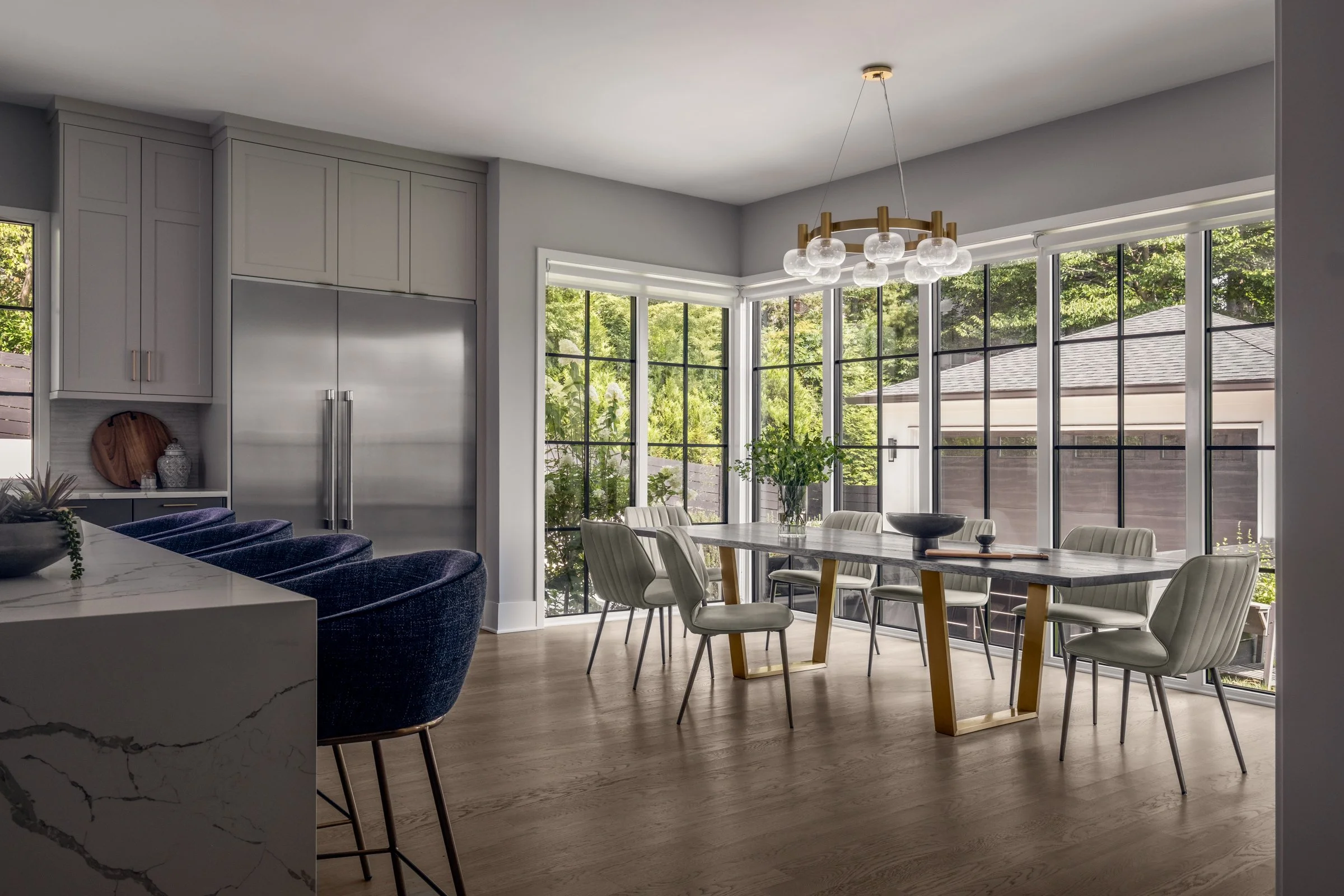
TKE Design Group, Maryland & Virginia

CPL Architecture

Village on Morehead - Charlotte
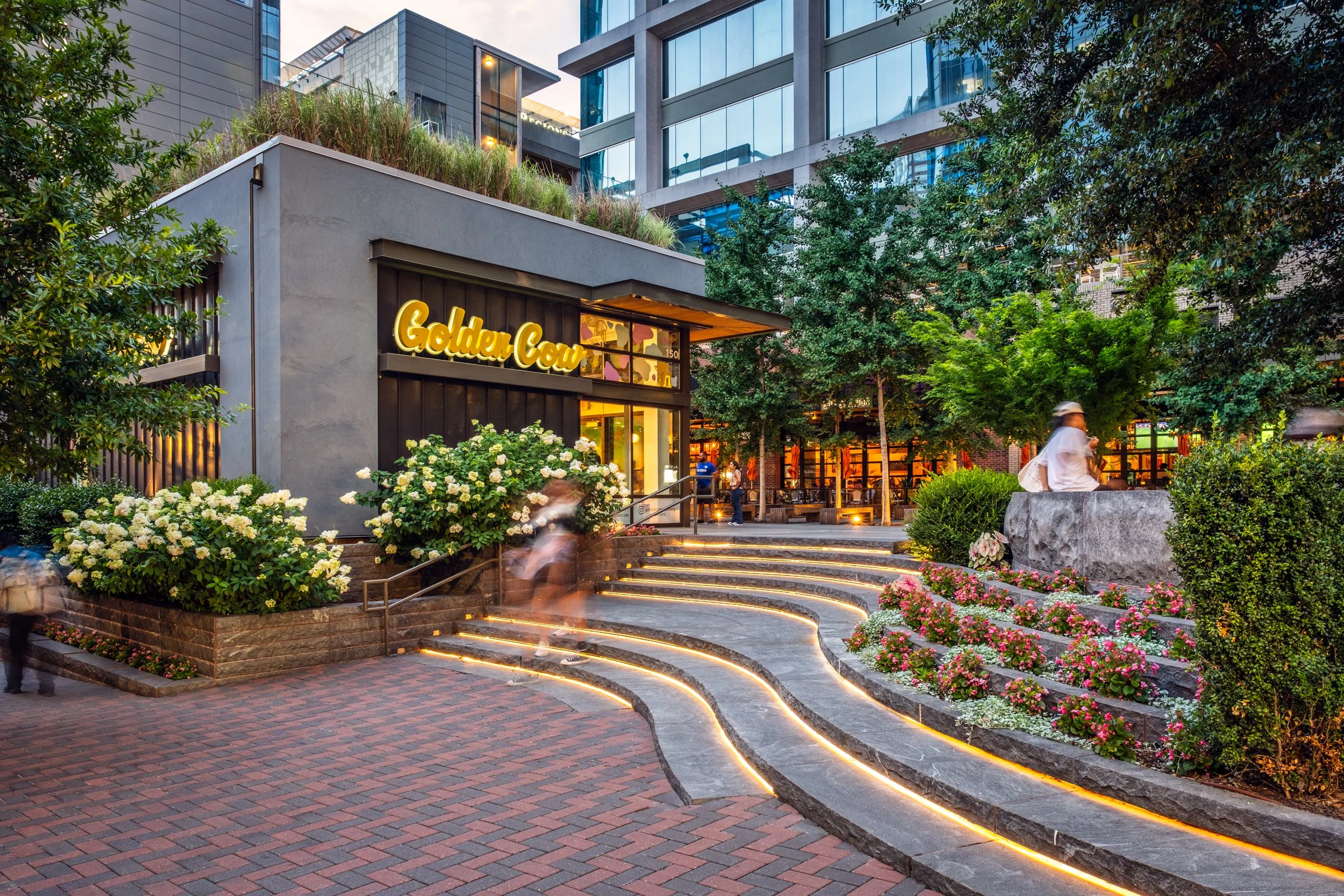
Cooper Carry Architecture, Ally Charlotte Center, Charlotte, NC

Josh Allison Architecture - Pool Pavilion, Charlotte
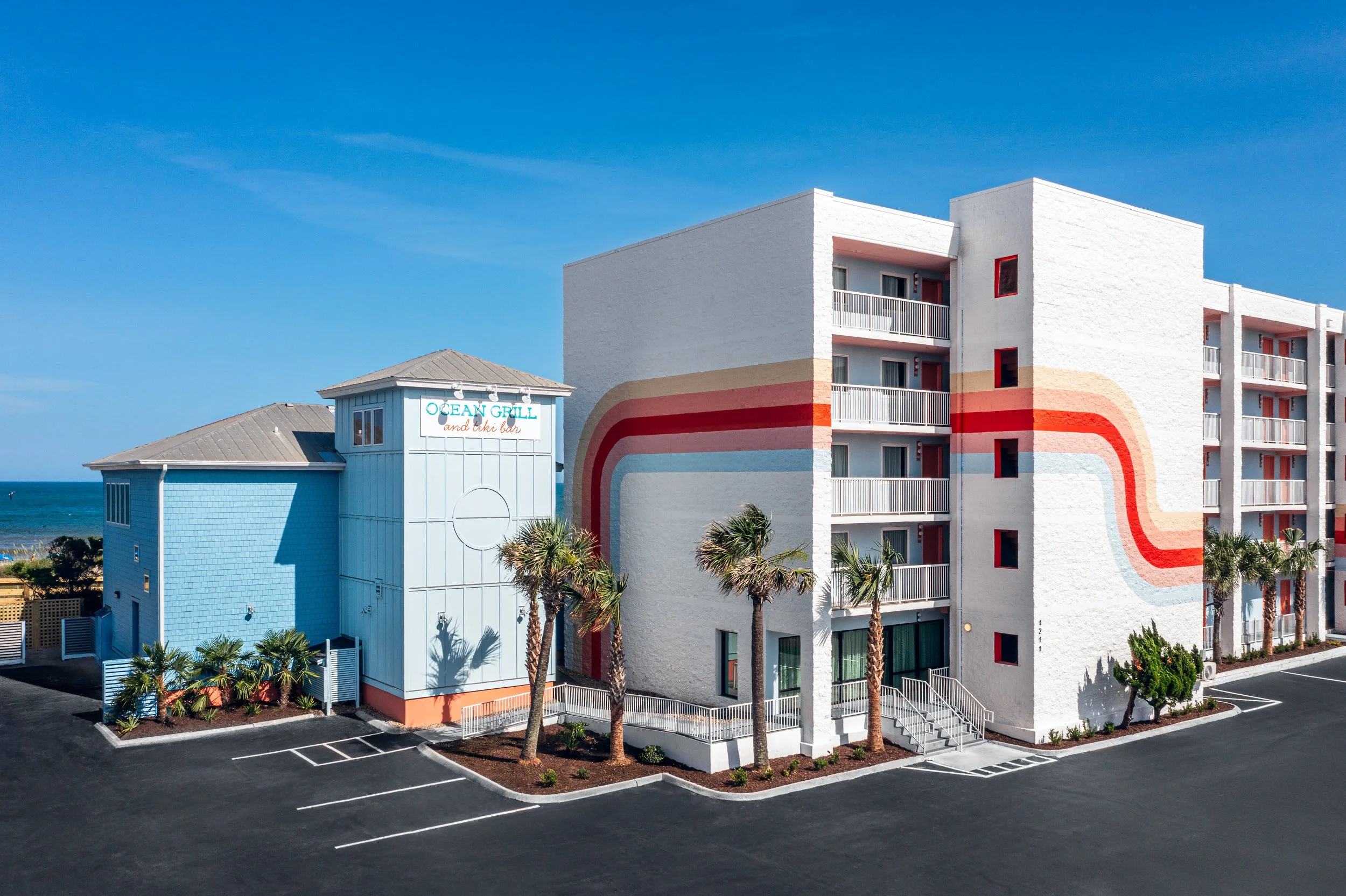
Hilton's Tapestry Collection, Golden Sands Hotel
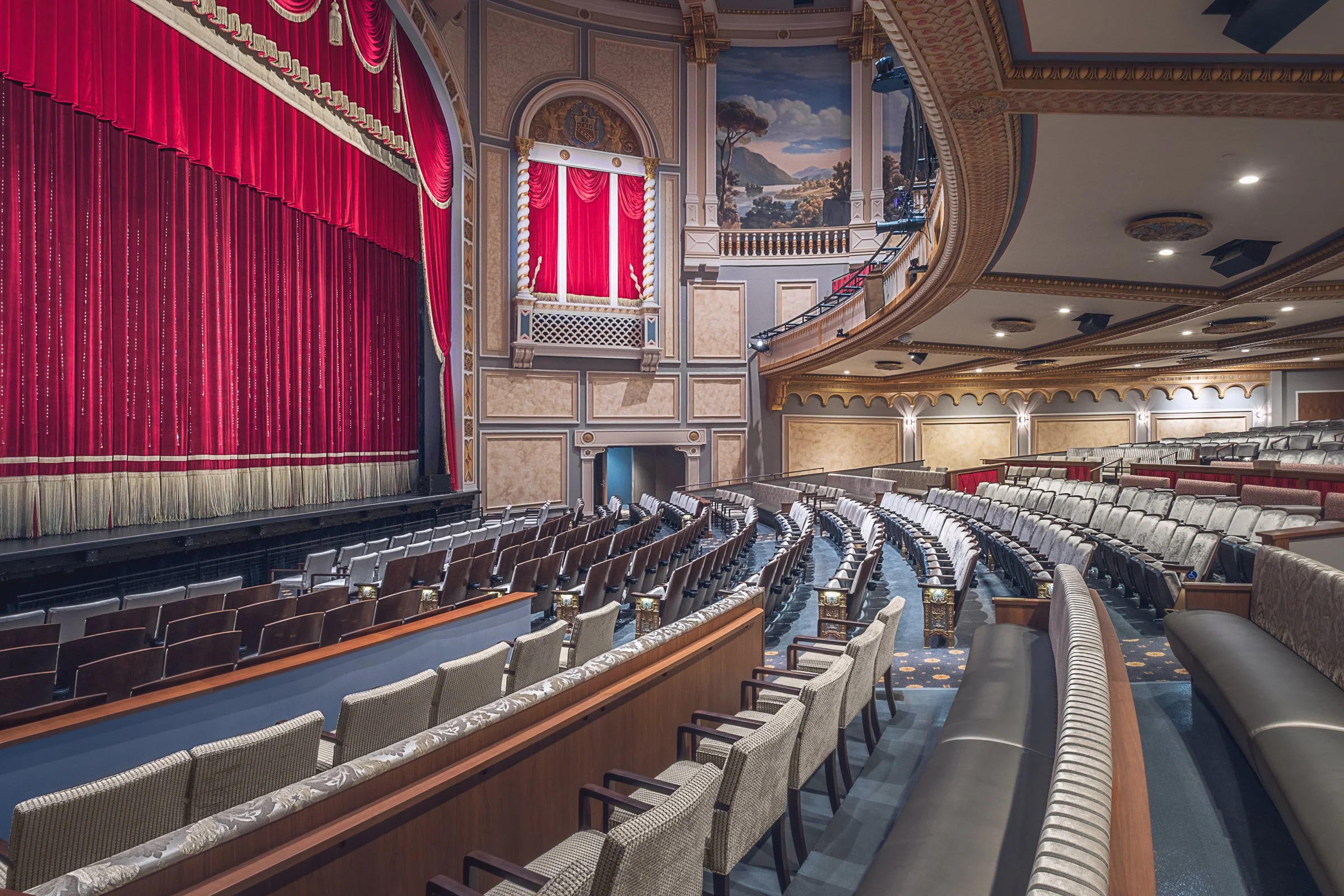
Carolina Theatre, Charlotte, NC
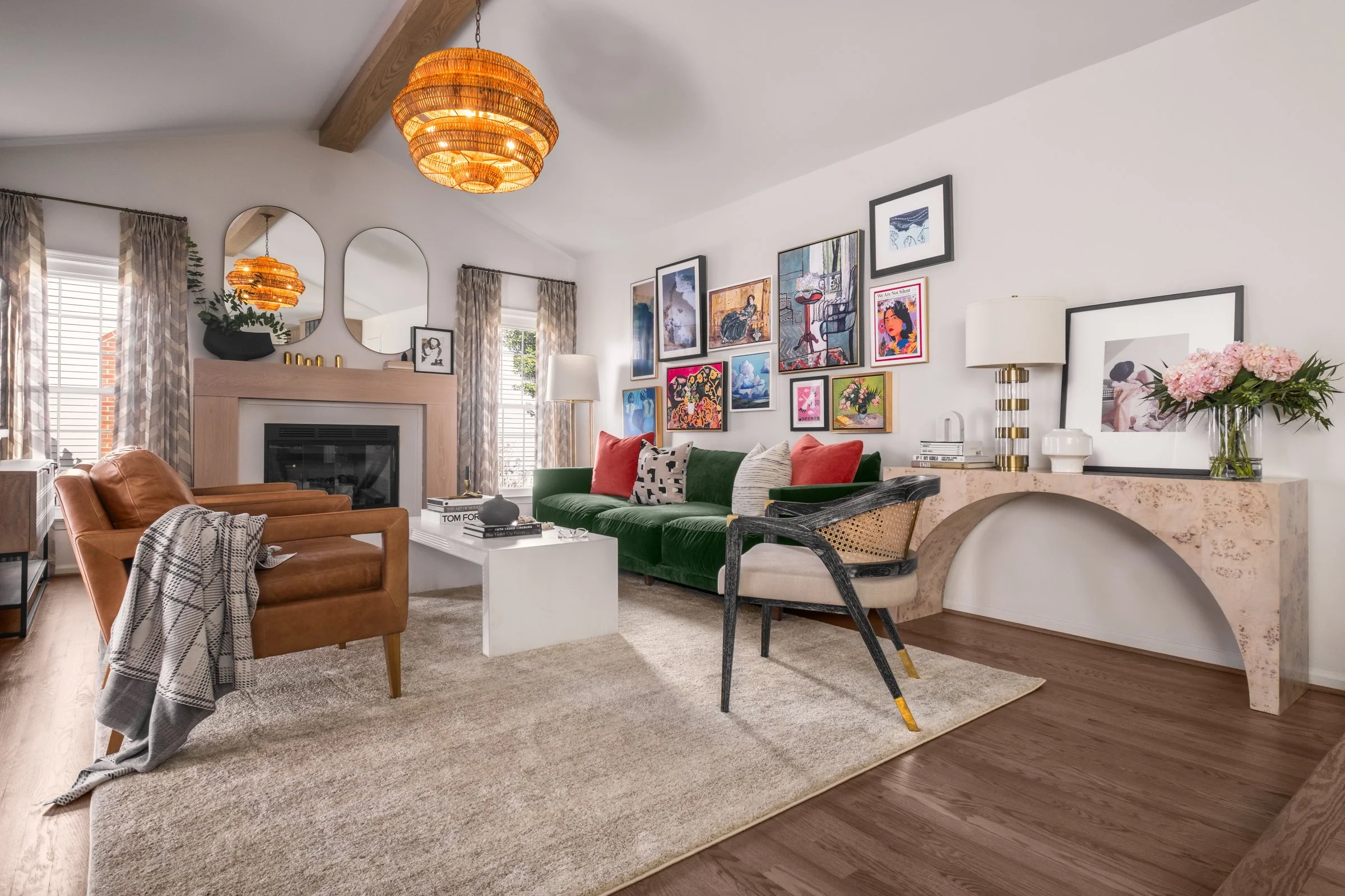
MW Design Group, Herndon, VA

Camden NODA, LandDesign - Charlotte, NC

Congaree Construction, Residential Homes, Columbia, SC

Citadel Contractors, Wake Med Building

Connery on Providence, LandDesign - Charlotte, NC
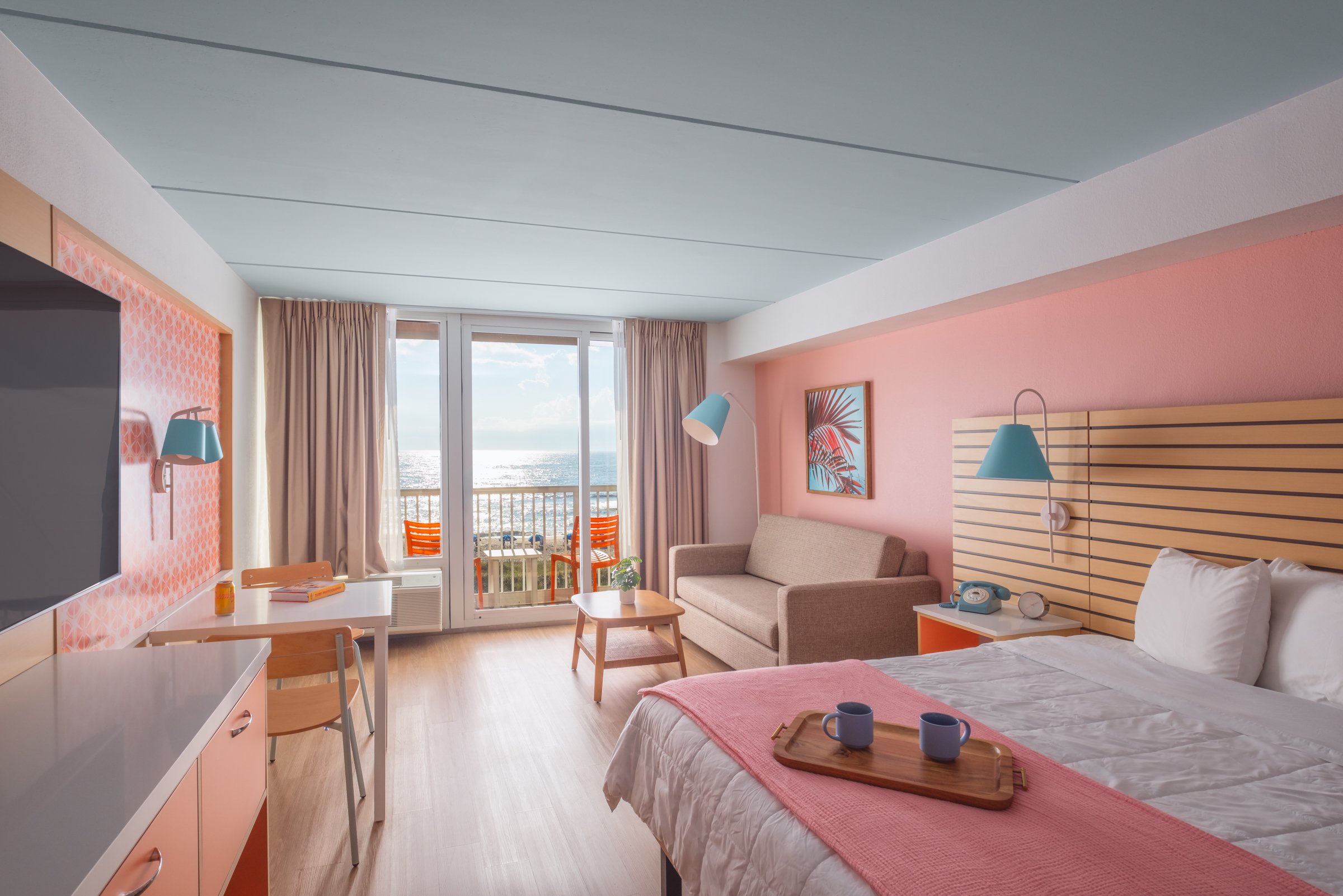
Bandura Design - Golden Sands Hotel - Carolina Beach, NC

Whitney Plantation - Edgard, LA

Ballantyne Reimagined, LandDesign & Cooper Carry - Charlotte, NC
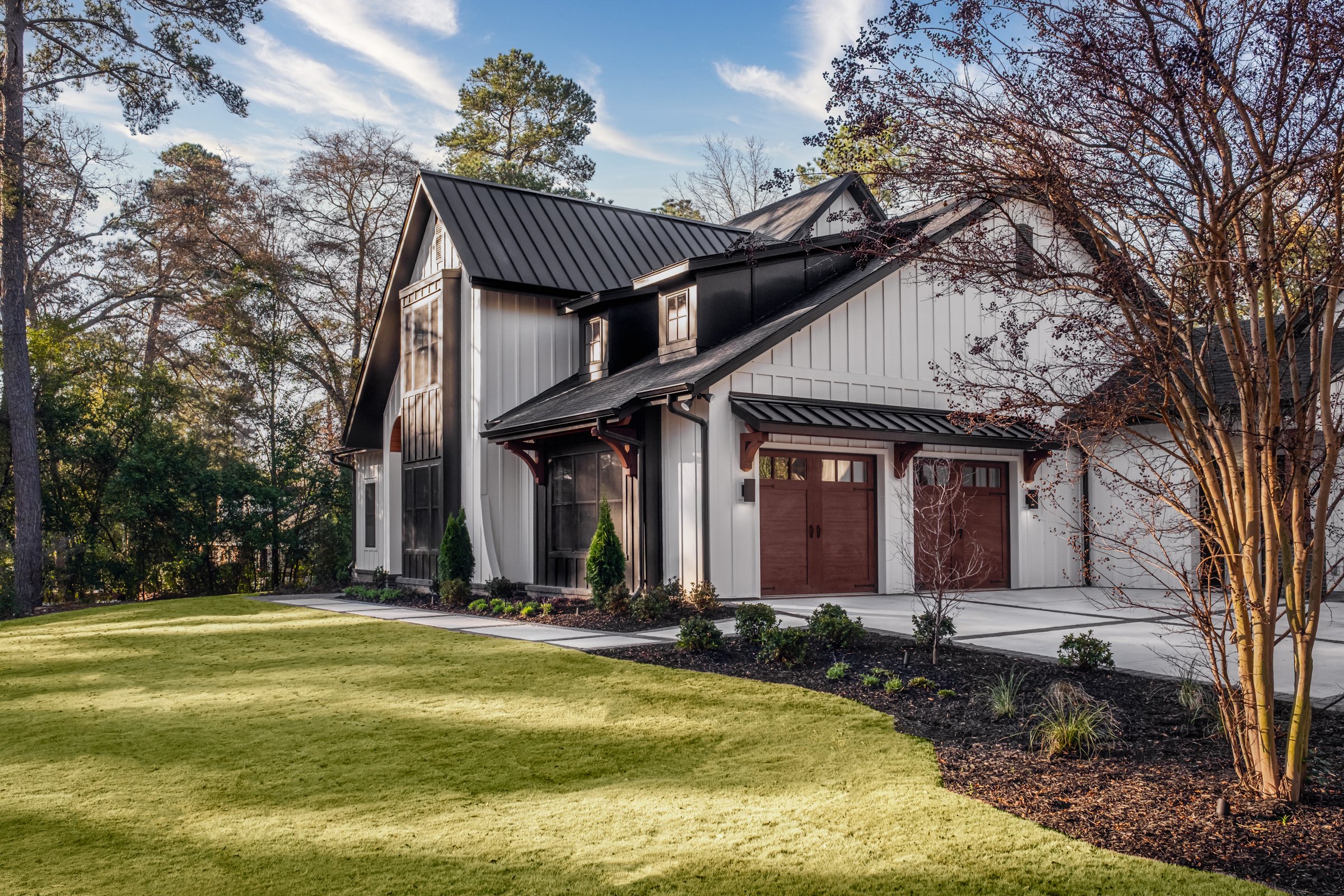
Congaree Construction, Columbia, SC - Residence
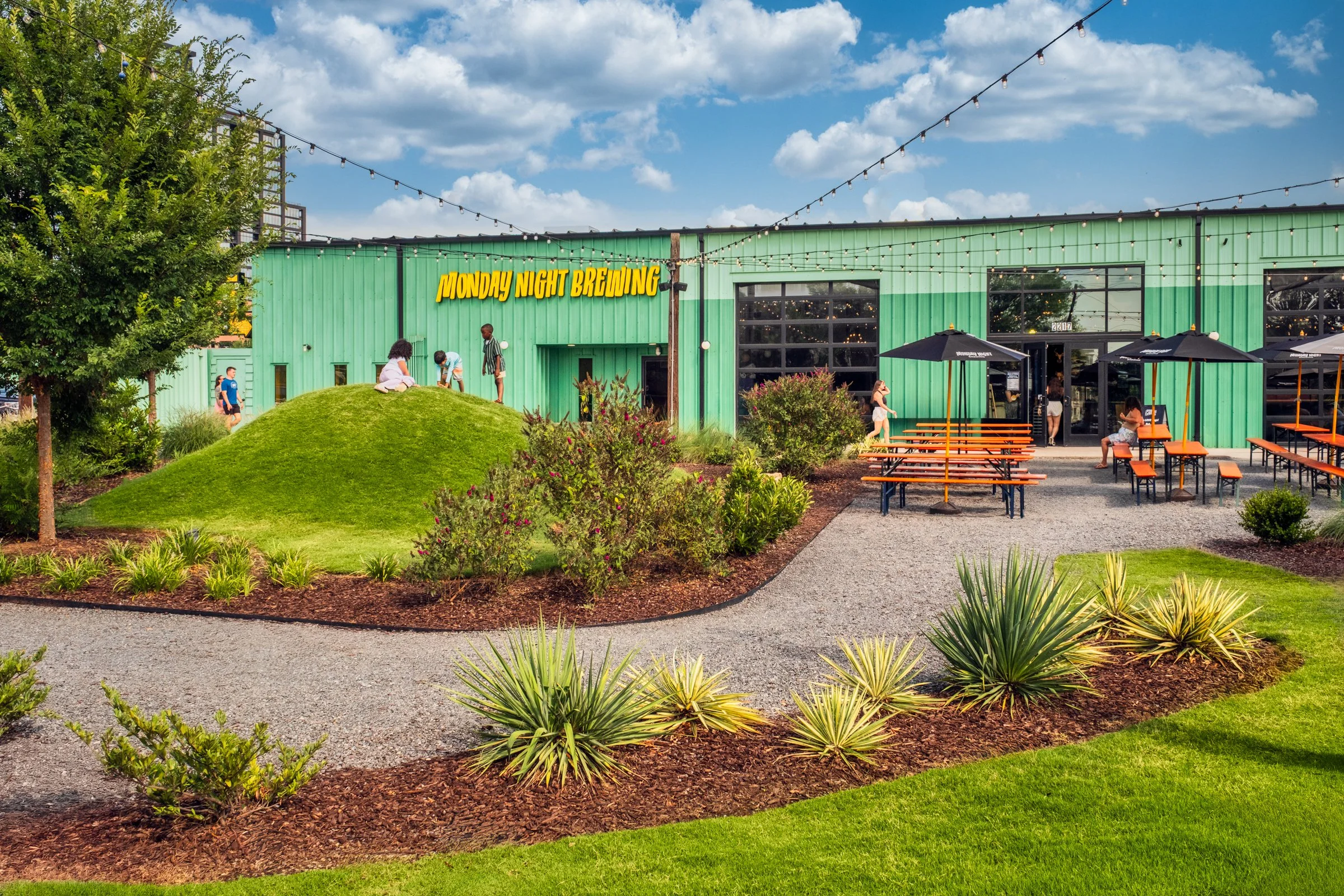
Monday Night Brewing, LandDesign - Charlotte, NC

Jennifer Wagener - Decorating Den Interiors, Living Room Remodel, York, SC

Nourish Up- Neighboring Concepts, Charlotte, NC
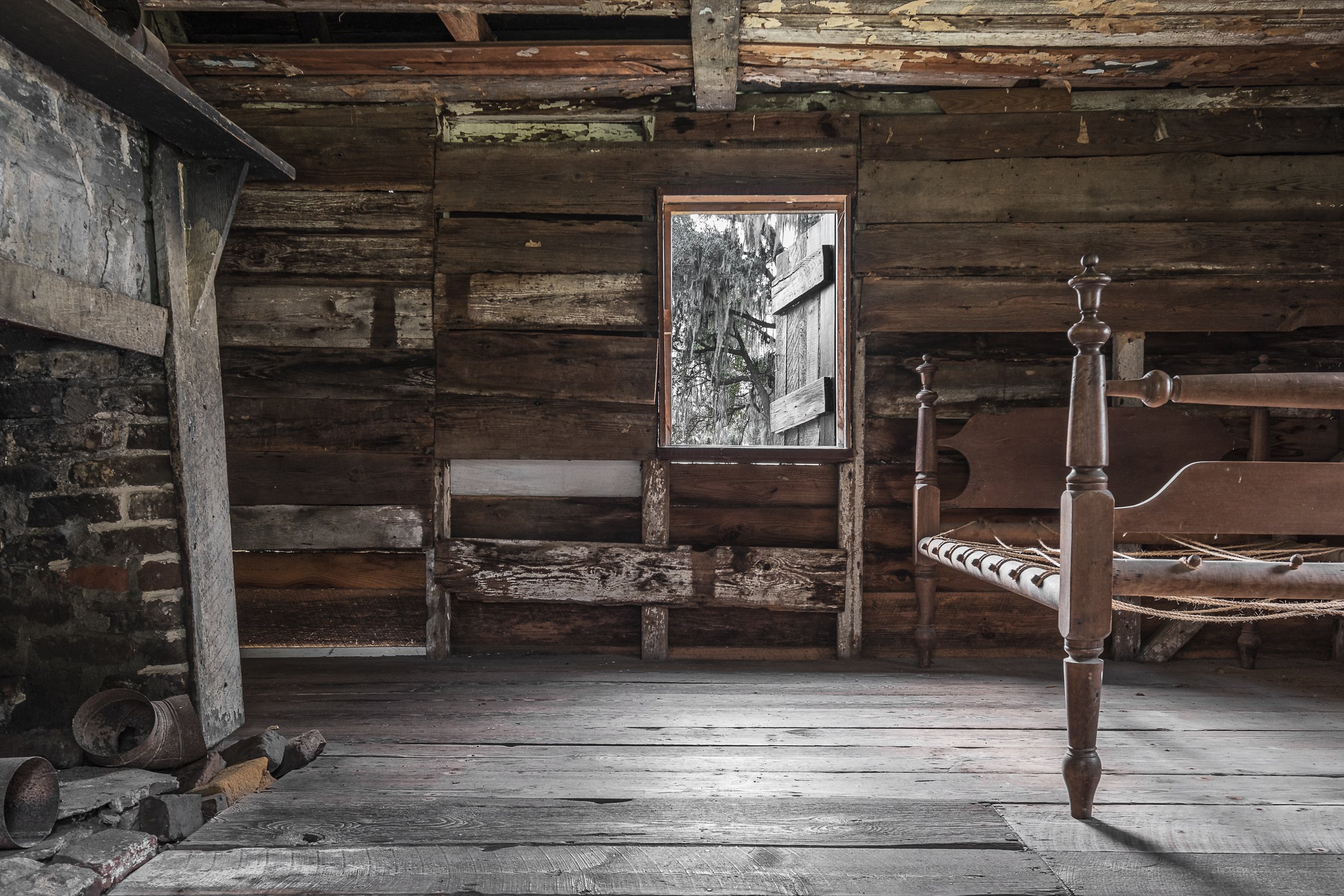
Magnolia Plantation & Gardens - Charleston, SC

Acanthus Architecture - Residence
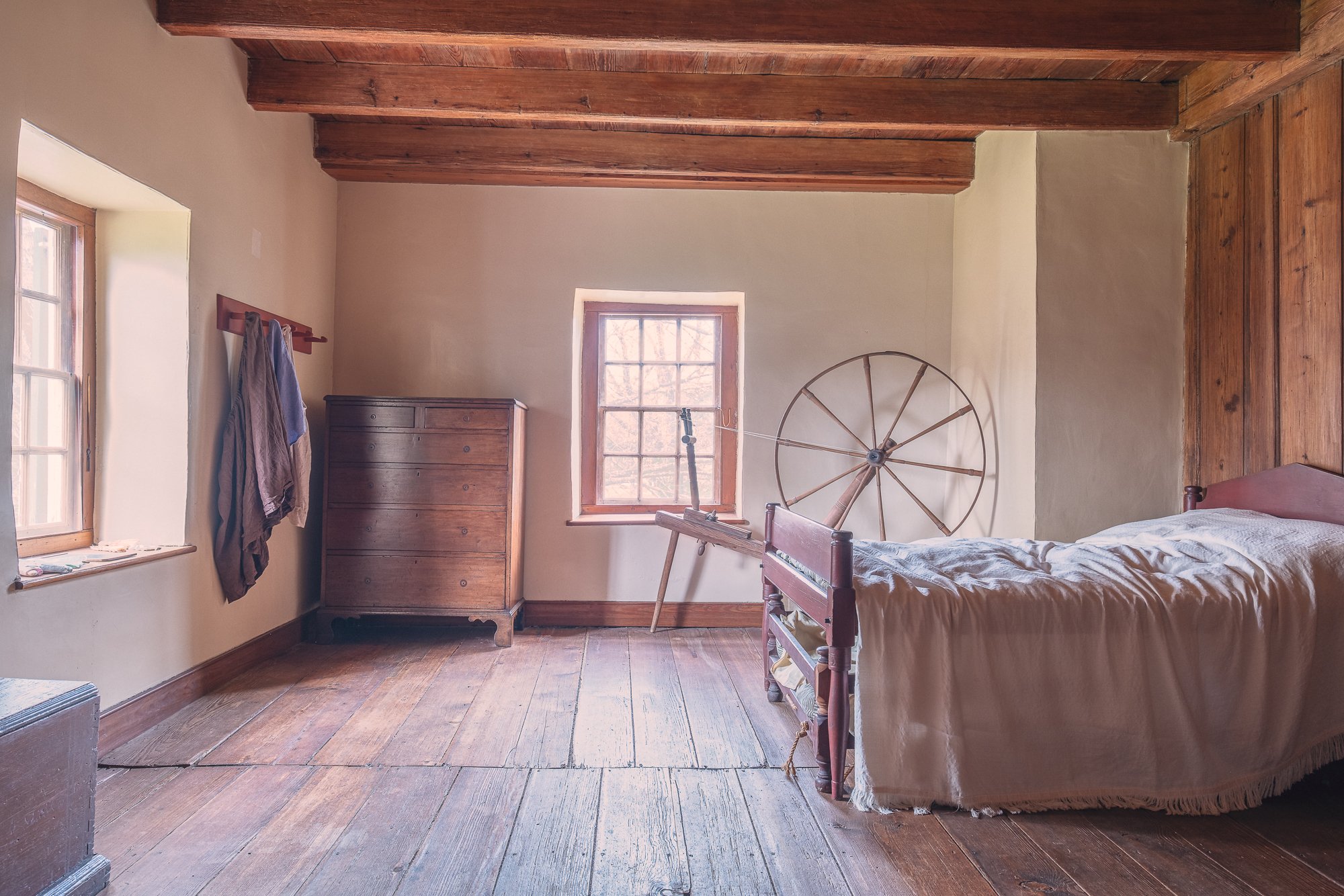
Hezikiah Alexander Home, Charlotte

Vantage South End, LandDesign - Charlotte, NC
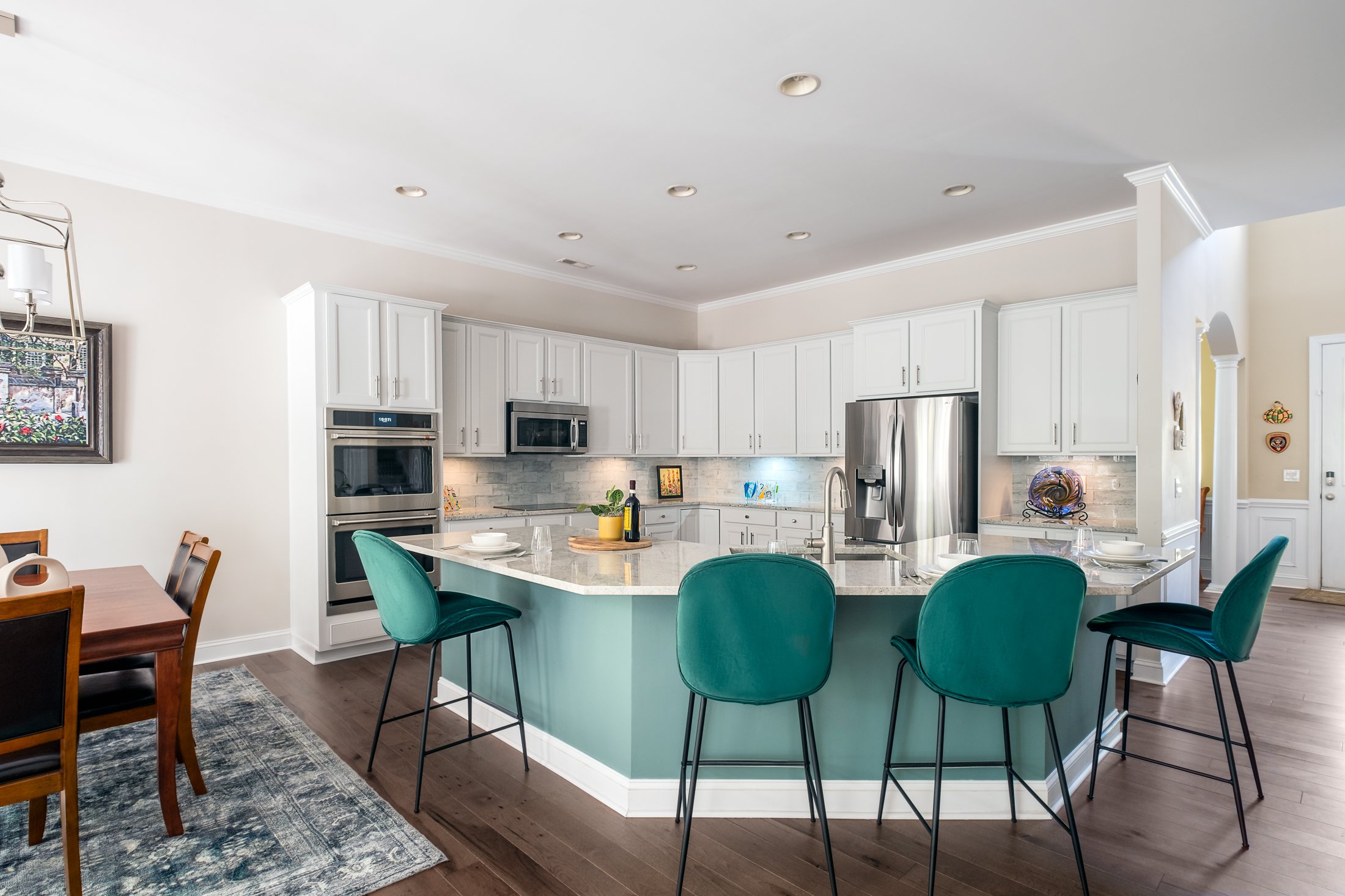
Jennifer Wagener - Decorating Den Interiors, Charlotte, NC

Atrium Health Clinic - Neighboring Concepts, Charlotte

Congaree Construction - Columbia, SC
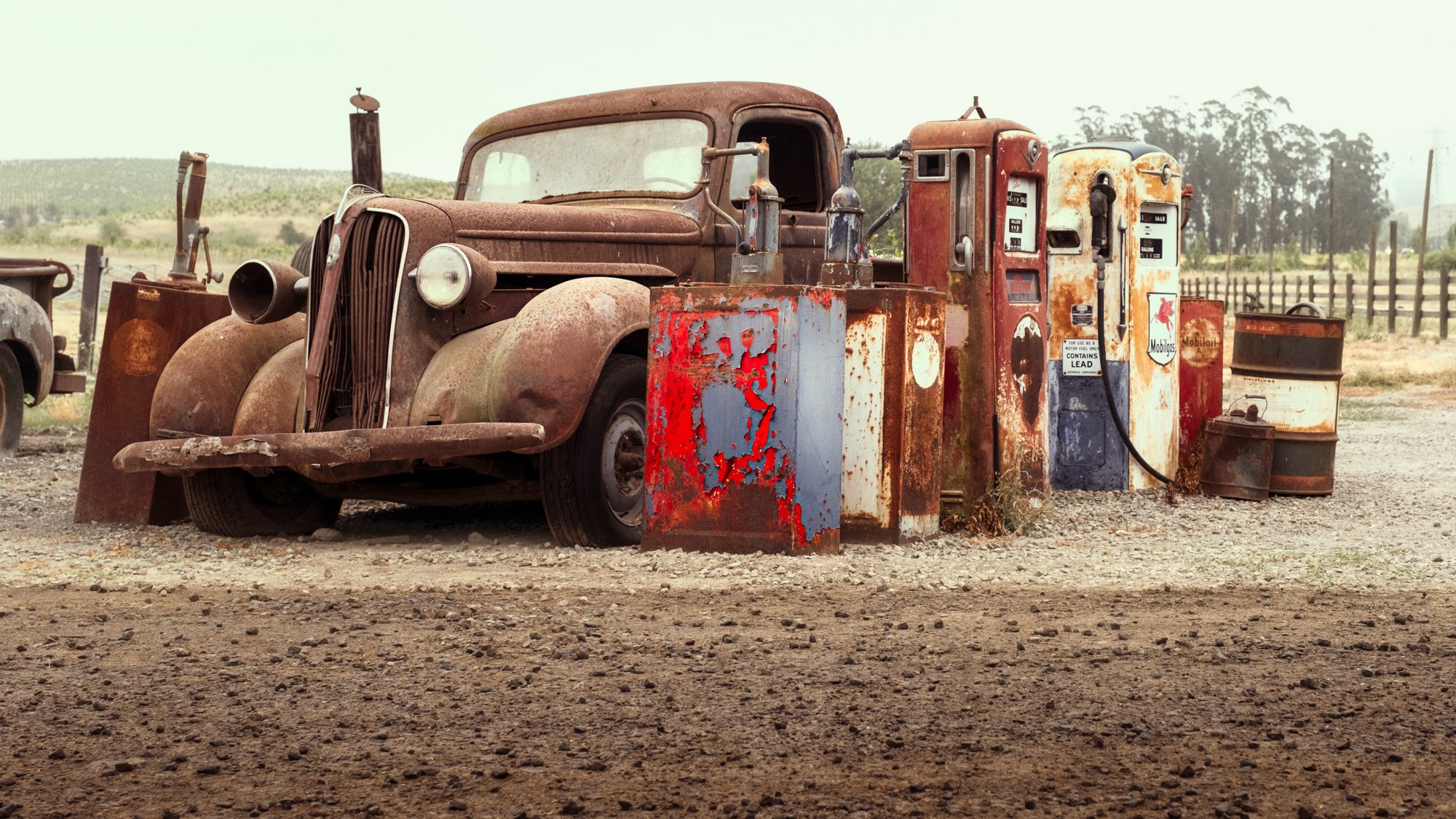
Travel - Overview

Taos Pueblo, New Mexico
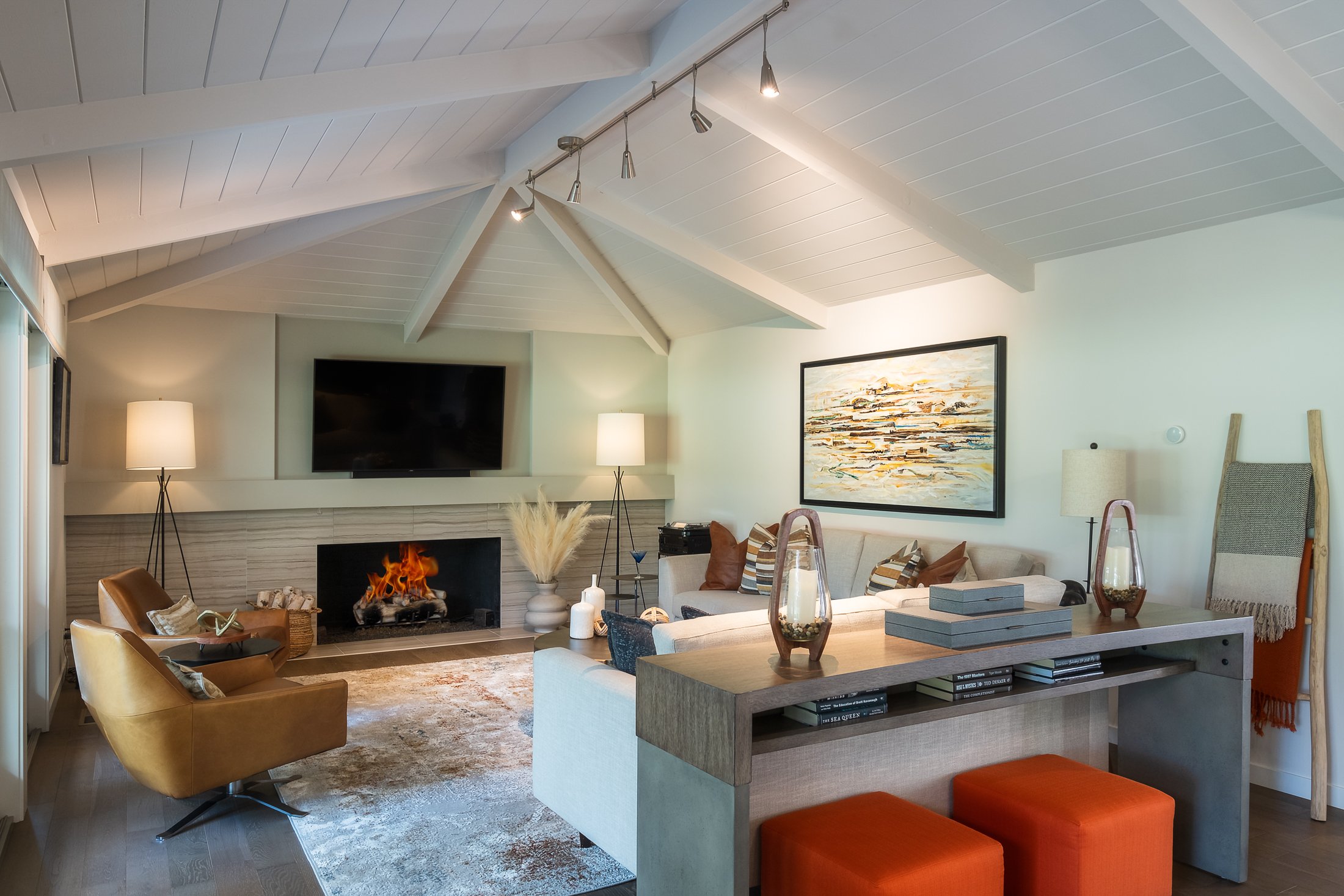
Marie Lyall Interior Design

Prospect Hill - Fredericksburg, VA

Oak Alley Plantation, Louisiana

Pride Parade 2024 - Charlotte, NC

Marfa, TX

Atchafalaya Basin, Louisiana

Guatemala 2022- Doing Small Things With Great Love

